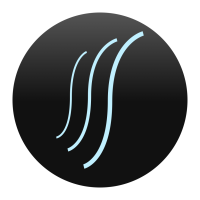Routing signals directly to SignalScope using Soundflower
[size=14pt]Routing Signals Directly to SignalScope using Soundflower[/size]
The question often arises of whether one can use <a href="http://www.faberacoustical.com/products/signalscope/">SignalScope</a> (or <a href="http://www.faberacoustical.com/products/signalscope_pro/">SignalScope Pro</a>) to analyze signals directly from another application (like <a href="http://www.faberacoustical.com/products/signalsuite/">SignalSuite</a> or iTunes). Although this can be done via an appropriate cable routed from the audio output on your Mac directly to the audio input, there is another solution which allows the routing to be done entirely in software. Soundflower is a free software tool that mimics a hardware device, which allows audio data to be transferred directly between applications on your Mac.
Soundflower can be downloaded from <a href="http://www.cycling74.com/products/soundflower">www.cycling74.com/products/soundflower</a>, where there are also instructions on how to use it.
<b>Tutorial: SignalSuite to SignalScope</b>
In order to route signals directly from SignalSuite to SignalScope (or SignalScope Pro) via Soundflower, perform the following steps:
The question often arises of whether one can use <a href="http://www.faberacoustical.com/products/signalscope/">SignalScope</a> (or <a href="http://www.faberacoustical.com/products/signalscope_pro/">SignalScope Pro</a>) to analyze signals directly from another application (like <a href="http://www.faberacoustical.com/products/signalsuite/">SignalSuite</a> or iTunes). Although this can be done via an appropriate cable routed from the audio output on your Mac directly to the audio input, there is another solution which allows the routing to be done entirely in software. Soundflower is a free software tool that mimics a hardware device, which allows audio data to be transferred directly between applications on your Mac.
Soundflower can be downloaded from <a href="http://www.cycling74.com/products/soundflower">www.cycling74.com/products/soundflower</a>, where there are also instructions on how to use it.
<b>Tutorial: SignalSuite to SignalScope</b>
In order to route signals directly from SignalSuite to SignalScope (or SignalScope Pro) via Soundflower, perform the following steps:
-
[li]<a href="http://www.cycling74.com/downloads/soundflower">Download</a> and install Soundflower (version 1.2 was used for this tutorial).[/li]
[li]Run SignalSuite.[/li]
[li]In the audio output device setup section in SignalSuite, select Soundflower (2ch) as the current device.[/li]
[li]Turn on the desired signal generator in SignalSuite.[/li]
[li]Start SignalSuite's Master Output.[/li]
[li]Run SignalScope.[/li]
[li]In the audio input device setup section in SignalScope, select Soundflower (2ch) as the current device.[/li]
[li]Start SignalScope.[/li]
[li]Now any signals produced by SignalSuite will be routed directly to SignalScope for analysis and visualization![/li]
[li]Enjoy![/li]
0


Comments
I'm using Soundflower 1.5.1 to run signals from Quicktime Player 7.6.4 to Signalscope Pro 2.1.5. I have had an intermittent problem where I can no longer get a signal to Signalscope through Soundflower (line-out works fine). I recently did the following: started Quicktime, selected Soundflower (2ch) as output and tested OK, then started Signalscope via a saved project - and Soundflower cut out. The standard fix for this (so far) is a restart of the computer (a PowerPC G5 iMac).
Would anyone be able to help out at all?
I've been looking at this a bit more. I have restarted the computer, set up Soundflower so that it is sending signals correctly (confirmed with LineIn from Rogue Amoeba), then started my project. I had previously saved it so that inputs and outputs were set to 'Built-in Audio'. As soon as Signalscope starts, there is a double-pop from my speakers and the sound fades. How does Signalscope interact with inputs and outputs?
Is your line output set as the default system output device? Do you have SignalScope Pro set to restore device sample rates? What is the sample rate of the data in the files you are playing back in QuickTime? Are there discrepancies in sample rate between the files and the sample rate set in SignalScope Pro?
Ben
Sorry for not responding quickly, I thought I had set this to email me if someone responded.
To answer your questions:
1. Yes
2. 10.5.8
3. I have SoundSource (from Rogue Amoeba) to help me switch between inputs and outputs. Normally yes, Line Out would be my default output, but SoundSource can change this. An example: if I use SoundSource to switch from Line Out to Soundflower and then restart, Soundflower is selected as the 'default' output upon reboot.
4. Yes
5. 44.1kHz
6. No
A note: I had used Soundflower for this task before and it worked, so I'm not sure what changes I made broke it.
Did you install the various Rogue Amoeba utilities before or after it broke?
Ben
I'll have a further poke at this later on, see if I can pin a sequence of events down.
Edit: after poking, I found that if I start SignalScope Pro directly (i.e. by not calling my saved project), then select Soundflower as my output via SoundSource and Soundflower as SignalScope Pro's input, i.e. *not* a system-wide input via SoundSource, then I get my signal. When I look at Device I/O, I notice this:
- In my saved project, when I start it, both 'Line in' and 'Soundflower' are turned on.
- In the new project, only 'Line in' or 'Soundflower' is turned on, depending on the selected input on the main control panel.
Edit2: In my saved project, 'Line in' and 'Soundflower' are both activated only if 'Soundflower' is the selected input.